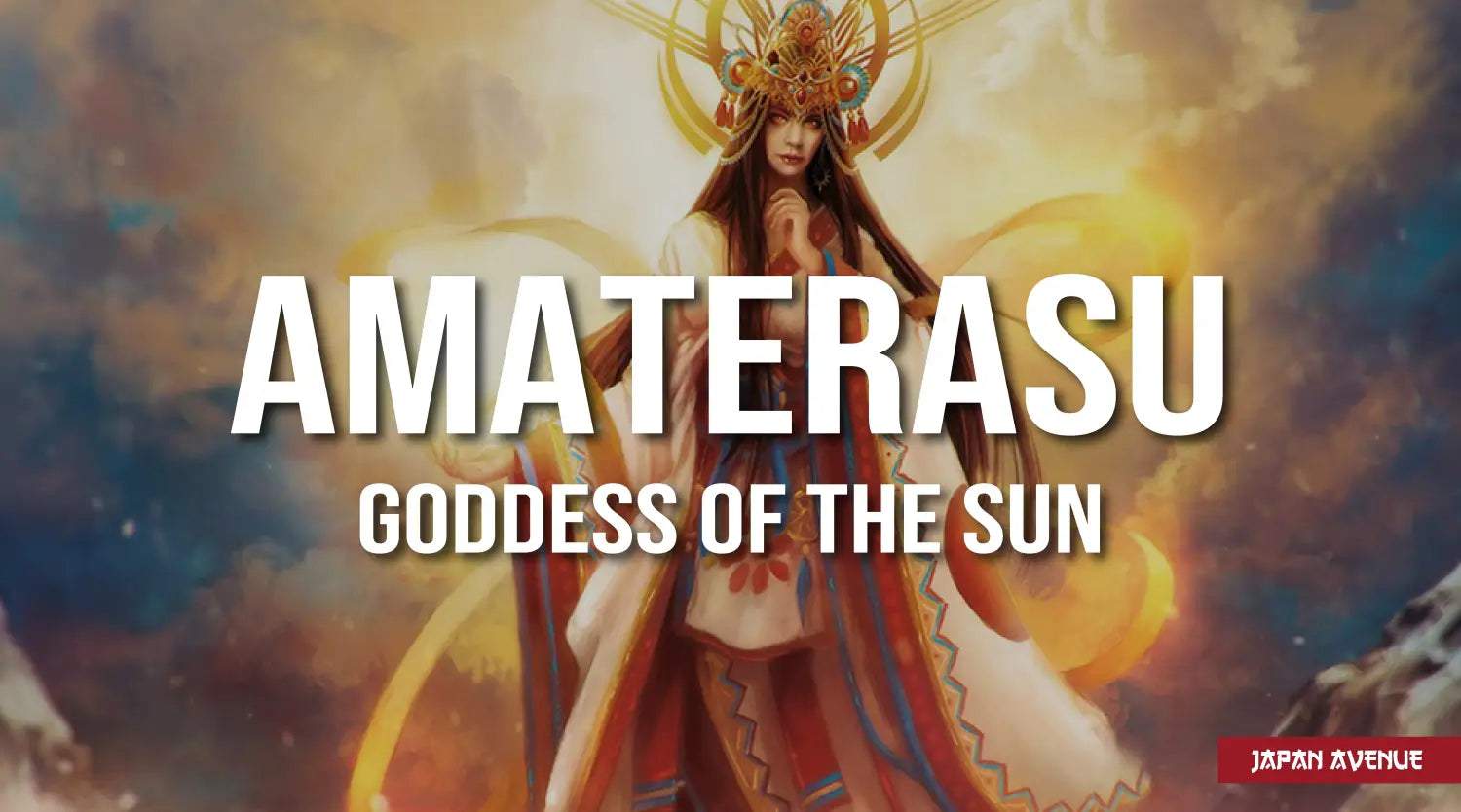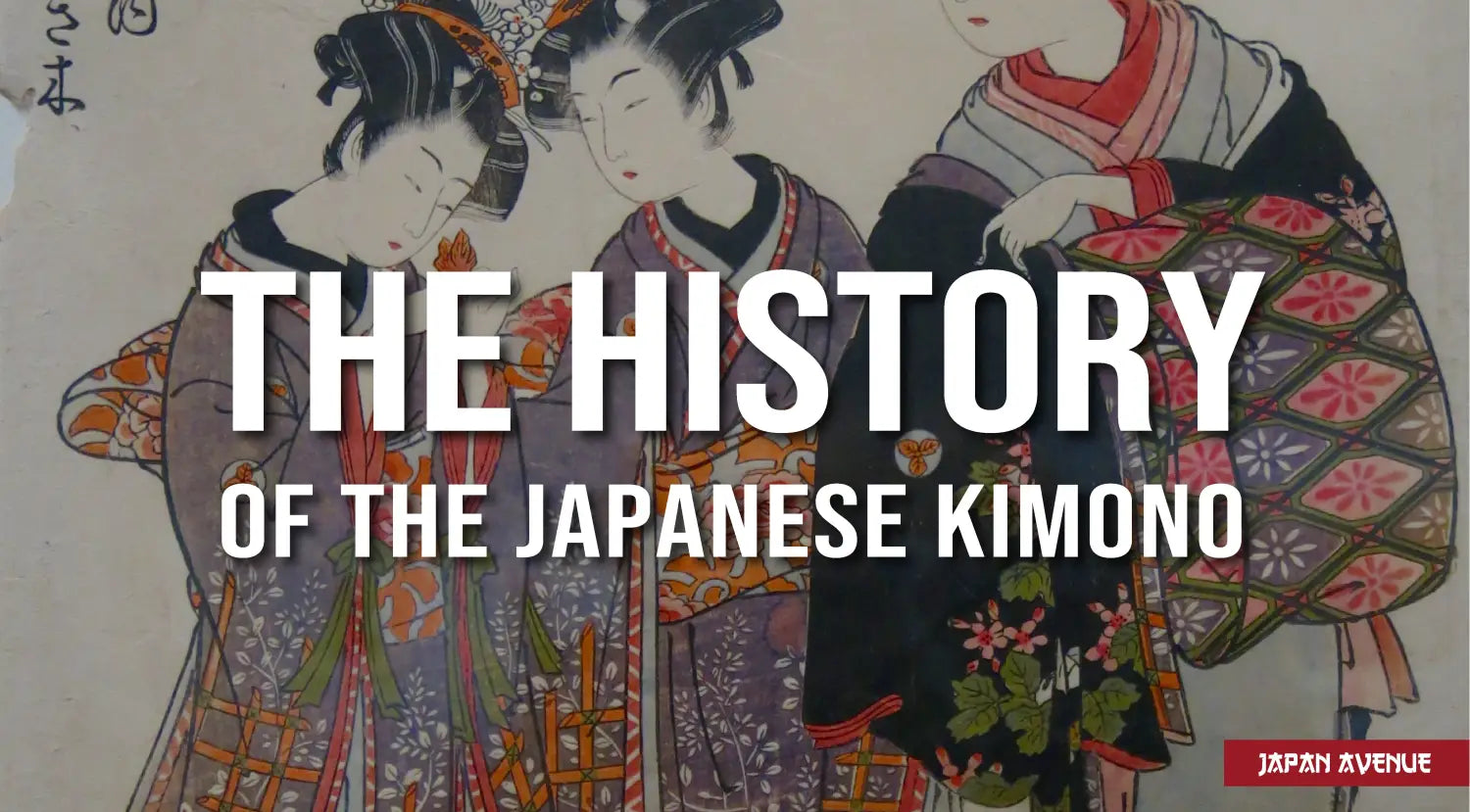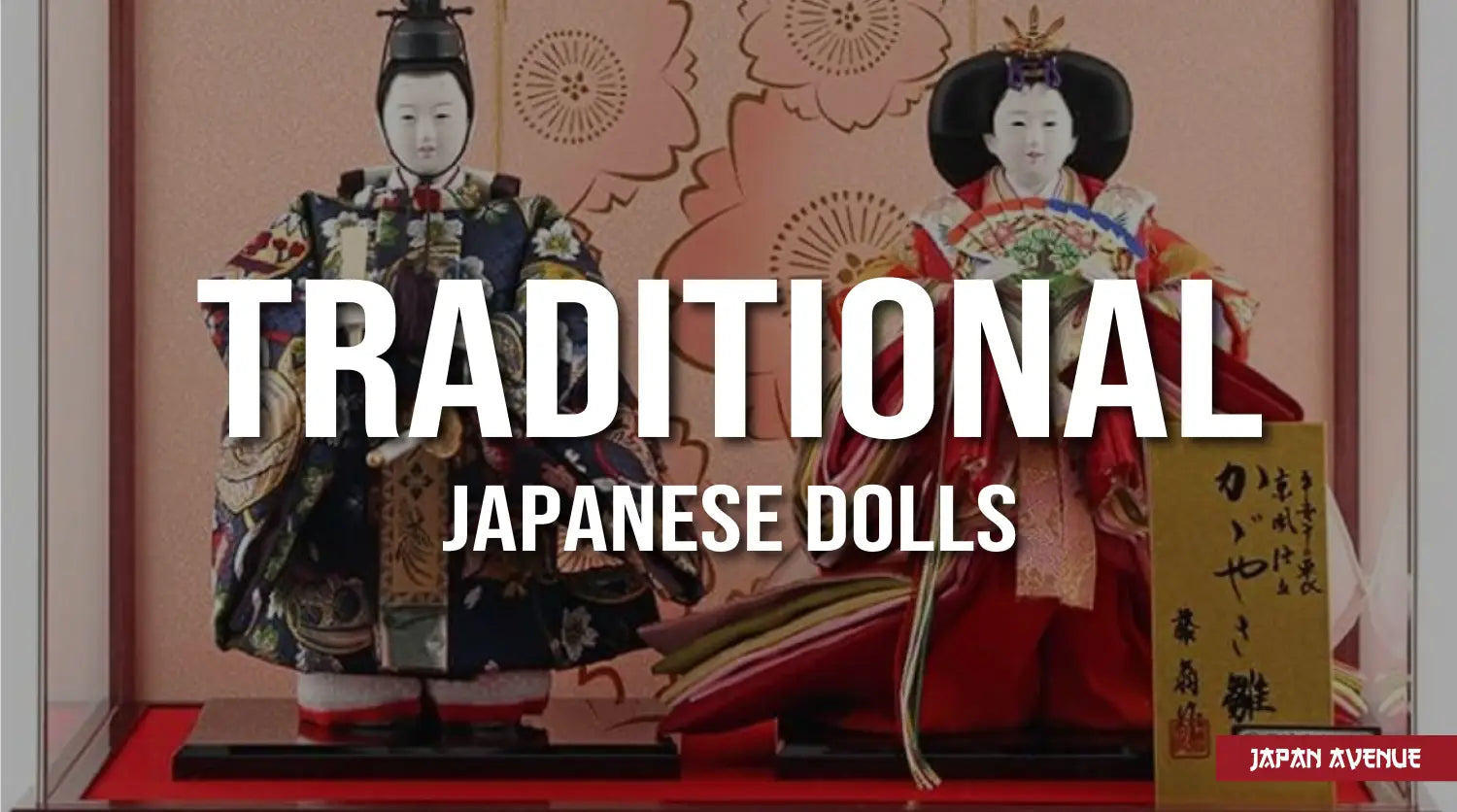If there is one kami revered by all people in Japan, it is without a doubt the goddess Amaterasu, mythical figure of the Rising Sun and thus of the country itself.
Amaterasu, the Japanese goddess of the sun, is the major deity of the Shinto religion. In Japanese mythology, the deity of celestial light is known to have hidden herself in a cave, plunging Japan into darkness and misery.
The legend of Amaterasu is directly related to the imperial family since the Japanese emperors would be descendants of this kami or Japanese deity. Many places for worship are dedicated to her, including the Ise Jingu sanctuary, one of the most sacred in the archipelago.
Let's focus on Japan's most radiant national deity!
🌞 The sun goddess, the highest deity of Japan
Japanese people worship the sun goddess more than anything else, bringing light and warmth from the first light of dawn to dusk.

Representation of the goddess Amaterasu by Joycee-Joe on DeviantArt
Amaterasu's birth
A long time ago, when the world did not yet exist, two kami - the creators of the universe - appeared: Izanagi and Izanami. While Izanagi was taking a bath to purify himself from the Kingdom of Death and washing his left eye, he gave birth to the beautiful sun goddess Amaterasu. Her brothers Tsukuyomi and Susanoo were born from the right eye and the nose of the creator deity.
The goddess was of a calm and luminous temperament, unlike her brother Susanoo, god of the sea and storms 💨 who was unstable, fiery and impulsive.
Okami Amaterasu had been sent by her father to rule over the high plain of paradise or Kingdom of gods, named Takama-ga-hara. The celestial queen was at the origin of the culture of rice, wheat 🌾 and silkworms. Thanks to her, Japan was bathed in light and harvests grew in abundance.
A famous Japanese myth recounts how the Japanese goddess protected herself from her ruthless brother Susanoo by hiding herself in a cave.

Various representations of the goddess found on deviantArt (©Genzoman, ©Getsuart and ©Feig-Art)
🕯 The legend of the cave of heaven
While Amaterasu was peacefully ruling the kingdom of kami (Japanese deities), her brother Susanoo was banished from Takama-ga-hara by the god Izanagi. Extremely jealous of his sister's privileges, the kami of the storm came to visit her with the intention of challenging her.
From then on, a fierce fight between them began. Susanoo, in the grip of anger, ravaged the kingdom of the sovereign, destroyed rice fields, spread his excrement and skinned a divine horse. Wow! This was too much for Amaterasu who, in front of her young brother's excesses, decided to lock herself up in a cave.
It is unknown how long the goddess hid in the cave of heaven 🙈. During that time, the entire Japan was plunged into darkness and chaos. A solution had to be found in order to bring back the light. And so, the council of kami concocted a plan to bring out the beautiful Amaterasu. They had to provoke her curiosity by dancing and laughing. For this purpose, they organized a party with the goddess of gaiety, Ama no Uzume, as guest of honor.
Drawn by the noise and the excitement, the goddess of the Sun, at first suspicious, let herself be carried away by her curiosity and went to see what was going on outside, pushing the heavy stone that closed her cave. However, a mirror had been placed just in front of her cave and the deity was immediately dazzled by her reflection 🤭. That's how the gods got her out of her hiding place. And the light illuminated Japan again.

Amaterasu coming out of the cave, signed by Shunsai Toshimasa (19th century).
As a punishment, Susanoo was exiled to Earth, a miserable planet. This is how he defeated the dragon Yamata-no-Orochi, the monster that made him famous. Later on, he managed to make up with his sister by giving her a sacred sword.
👑 Amaterasu and the imperial family
In the past, the Japanese emperor was considered to be a true god. He was said to be a descendant of the goddess Amaterasu, which, by extension, gave him the divine right to rule over Japan. This belief was widespread until the end of World War II.
🗡 The 3 Imperial Treasures
According to the Kojiki chronicles (a collection of ancient myths about the origins of Japan), the goddess would have sent her grandson, the famous Ninigi, the ancestor of the whole imperial dynasty, to Earth to reign there. Amaterasu gave him a sword, a mirror and a jewel. Objects which became the 3 sacred treasures of Japan.

Each emblem has a particular symbolism.
- The sword Kusanagi-no-Tsurugi, offered by Susanoo to be forgiven, symbolizes sharing.
- The mirror, named Yata-no-Kagami is the object that brought the goddess out of her cave. It embodies wisdom.
- Lastly, the jewel or magatama represents kindness and teaching.
These sacred objects were transmitted to the first emperor and son of Ninigi named Jinmu and preserved preciously.
In addition to being the mother goddess of the imperial lineage, Amaterasu also embodies order, one of the fundamental precepts of the Shinto religion. Naturally, she became the emblem of the nation. She also appears on the Japanese flag 🇯🇵 in the form of a red disc representing the sun.
⛩ Places for worship of the Japanese goddess
Among the many places of worship dedicated to the Japanese Goddess of the Sun, we can mention the famous Ise Shrine, located in the south of Honshu Island.

The Ise shrine (©rtbf.be)
Composed of Naiku (inner shrine dedicated to the goddess Amaterasu) and Geku (outer shrine dedicated to Toyouke), this place is entirely rebuilt once every twenty years, according to an old Shinto tradition. Note that the Ise temple is said to hold the famous mirror Yata-no-Kagami which saved Japan from darkness.
The Amano Yasugawara shrine in Takachiho on Kyūshu Island is also dedicated to the deity Amaterasu Omikami. It is said to contain the famous cave in which the deity hid herself. A belief says that if you place a pile of stones there and make a wish, it will be fulfilled.
👁 Appearances of the goddess in pop culture
Amaterasu is the most important deity in Japanese mythology. Therefore, it is not surprising that also the pop culture is inspired by her. References to the kami regularly show up in manga, anime and video games, in the form of characters, superheroes, powers or even machines.

Amaterasu, represented by a white wolf, in the video game Okami
In the manga Noragami, Amaterasu is the sovereign goddess of all deities. The name of this deity also refers to a warrior technique using fire in the manga Naruto. Even more original: in the anime series Fire Force, Amaterasu is the name of the factory that supplies Tokyo with energy. She can also be found in the video game Okami as a white she-wolf named Okami Amaterasu.
Although Amaterasu is not the first creative kami of Japan, she remains the most famous deity of the Shinto religion. Worshipped by Japanese people as a spiritual entity and as the ancestor of the imperial family, this Japanese goddess occupies an important place in the culture of Japan. What would the Land of the Rising Sun be without her heavenly light?



